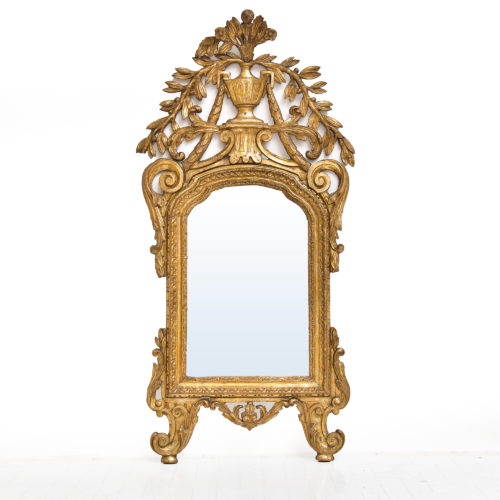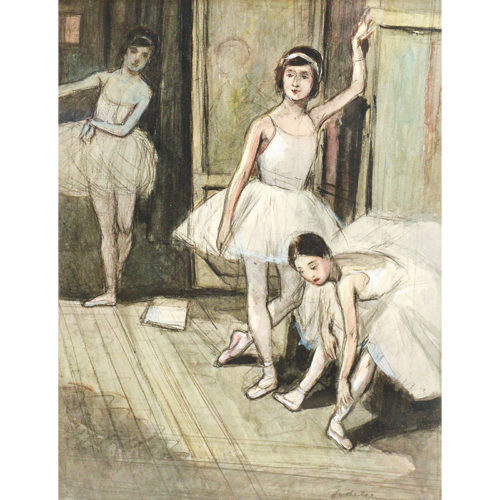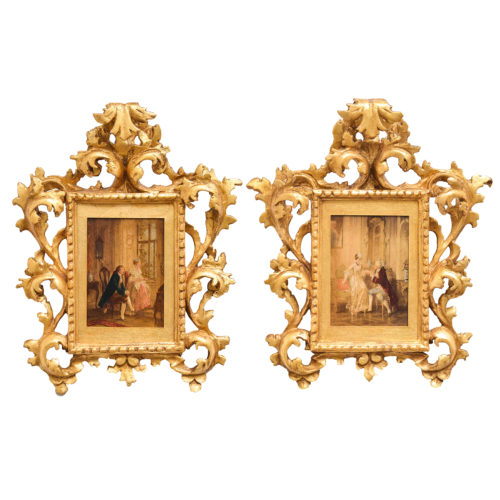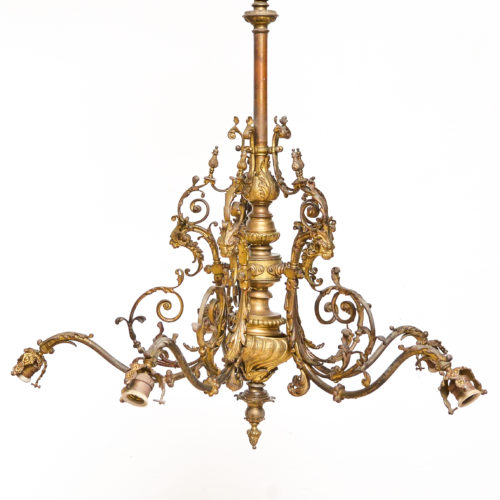“Head of Satyr” – Bronze sculpture by Vincenzo Gemito (Naples, 16 July 1852 – Naples, 1 March 1929), Italian sculptor, designer and goldsmith.
In Naples he was known as “’ o crazy sculptor ” because he was tormented and marked by profound psychic imbalances; in reality his name was Vincenzo Gemito (Naples 1852 – 1929), a goldsmith and sculptor who, due to his condition, was often forced to take long breaks from his creative activity. His life was not simple right from the start: he was abandoned to his fate by his parents after being deposited in the wheel of exposures of the Annunziata plant. In fact, his real surname was Genito – “generated” – usually associated with orphans, but due to a mistake by a scribe the N became an M. Adopted and raised in a very poor family, from an early age Gemito proved to be gifted with immense talent for the plastic arts. His watchful eye loved to dwell above all on the scenes of the Neapolitan slums and his favorite subjects were children dressed in rags, commoners and players. The Gallerie d’Italia in Naples houses one of the most important nucleus of the artist’s works, coming from the collection of the lawyer Gabriele Consolazio: terracotta, bronzes and drawings produced between the 1870s and the 1920s of the following century. The young heads modeled in terracotta – such as the impressive “Scugnizzo”, “Fiociniere” and “Moretto” – testify to his tendency towards naturalism. Much more sophisticated are the bronze portraits of famous people, such as that of the Spanish painter Mariano Fortuny and his contemporary Domenico Morelli. His tireless plastic research is represented in particular by the “Philosopher’s head” and the later “Neapolitan girl’s bust”, characterized by a sensual classicism that recalls the seductions and virtuosity of ancient Hellenistic sculpture. The drawings made with different materials and procedures are no less splendid: Gemito, in fact, knew how to master pencil, charcoal, ink, watercolor, sanguine and white tempera with the same skill. The engaging self-portraits are exhibited at Palazzo Zevallos Stigliano, merciless evidence of the painful changes in his physiognomy over the years; another important series on display consists of the figures of women where it is possible to observe the style research inspired by seventeenth-century models that made Vincenzo Gemito the last follower of Neapolitan naturalism.
Period: ‘900
Measurements: H 42 x W 23 x D 23 cm











